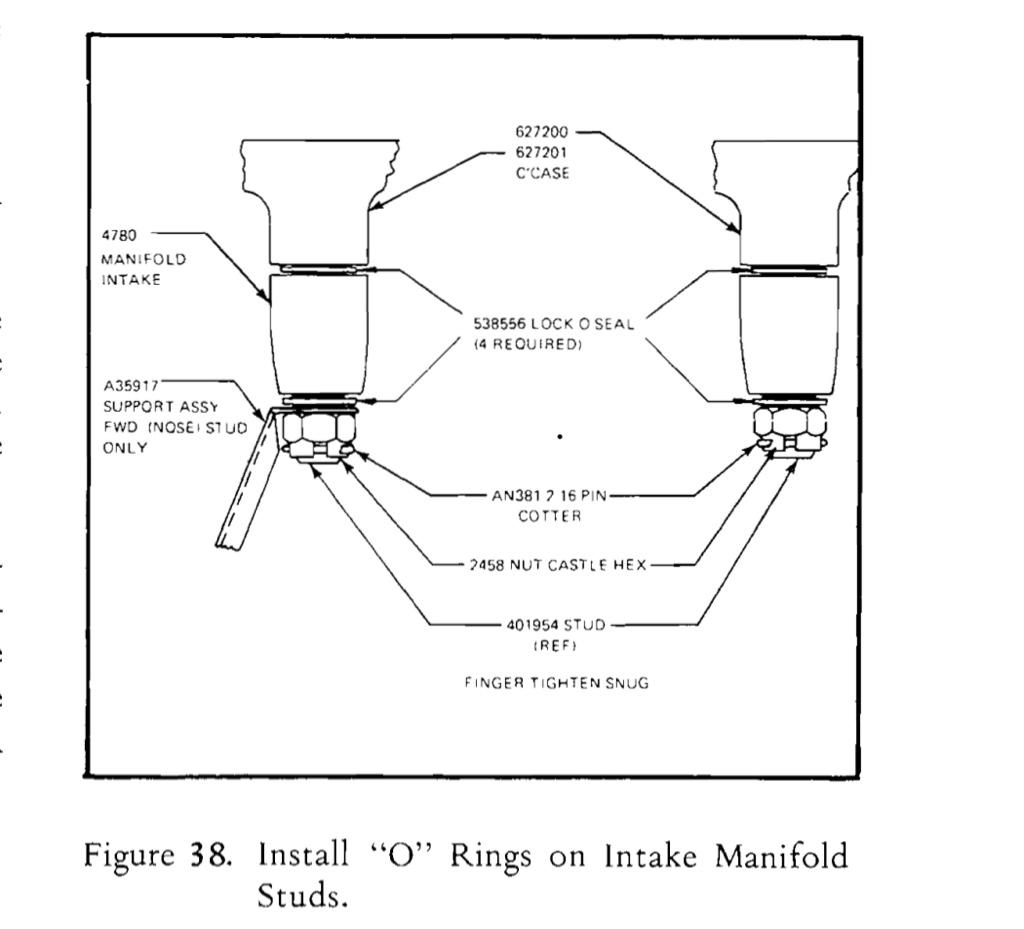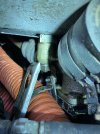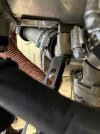AvNavCom
Filing Flight Plan
- Joined
- Aug 9, 2022
- Messages
- 5
- Display Name
Display name:
GroundLoopArtiste
Hi all,
I recently purchased a 1965 Champion Citabria. Great little airplane with a Continental O-200 up front. Right now it has the standard oil screen on it and I'd like to install an adapter so that I can use a spin-on filter. The Tempest adapter (TAF-L) is STC'd for the engine but apparently NOT for the airframe (listed on Spruce as "Cessna 120, Cessna 140, Cessna 150, Luscombes, Taylorcrafts, Cubs".
I have two questions:
Has anyone had any experience with putting one of these adapters into an airframe NOT listed above?
Do you guys think that I could install this part under the VARMA rules, even though it's not technically STC'd for a Citabria?
Any insight or thoughts much appreciated!
I recently purchased a 1965 Champion Citabria. Great little airplane with a Continental O-200 up front. Right now it has the standard oil screen on it and I'd like to install an adapter so that I can use a spin-on filter. The Tempest adapter (TAF-L) is STC'd for the engine but apparently NOT for the airframe (listed on Spruce as "Cessna 120, Cessna 140, Cessna 150, Luscombes, Taylorcrafts, Cubs".
I have two questions:
Has anyone had any experience with putting one of these adapters into an airframe NOT listed above?
Do you guys think that I could install this part under the VARMA rules, even though it's not technically STC'd for a Citabria?
Any insight or thoughts much appreciated!



